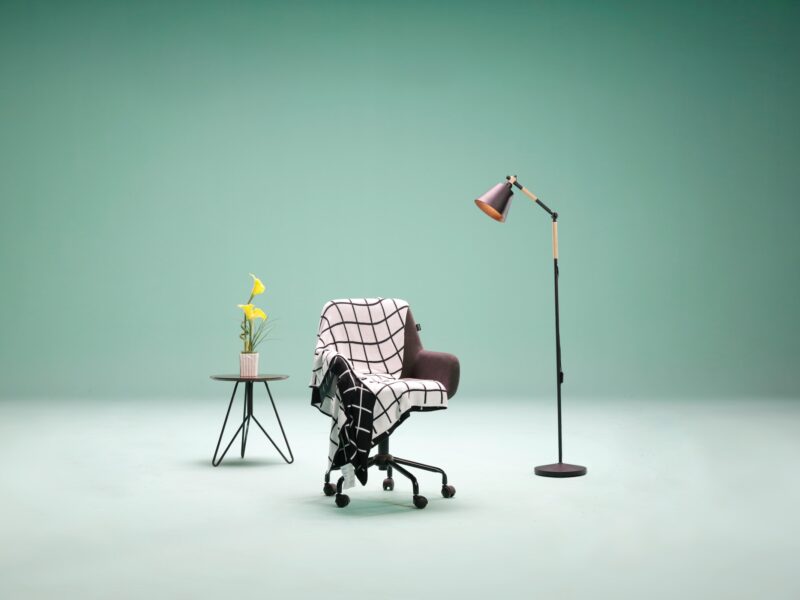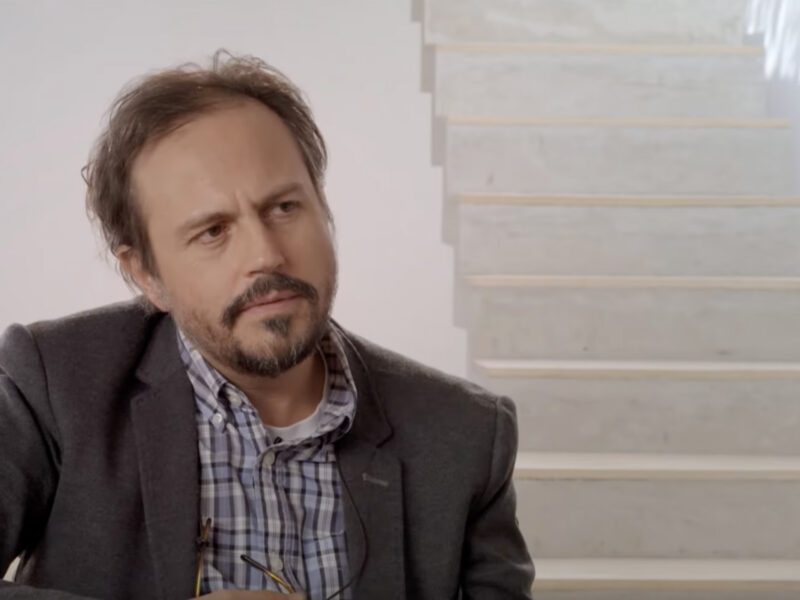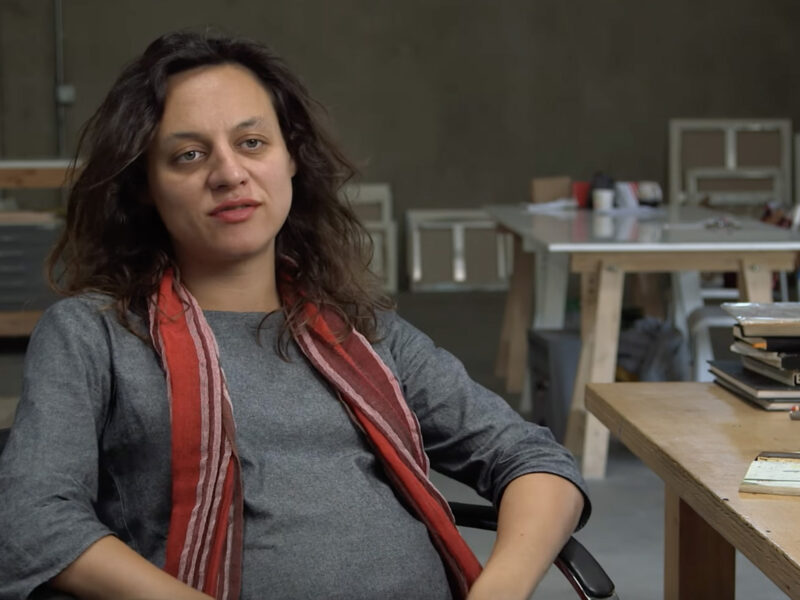The Story of Women and Art | Pt. I
The Story of women and Art is a television documentary series in three episodes, produced by BBC, first broadcast in the UK on BBC two in May 2014. The series is presented by the Professor Amanda Vickery.
It starts in Florence, Italy, place where Renaissance emerged. It presented us to the Vasari Corridor, named after Giorgio Vasari, this passageway connects the Palazzo Vecchio with the Palazzo Pitti. Beginning on the south of Palazzo Vecchio, the corridor joins the Uffizi Gallery and is used to exhibit the museum’s famous collection of self-portraits (dating from the early 16th century until today). In it there are 1700 artists self-portraits, but only 7% of them are by women.
In the first episode we are introduced to the problems faced by women artists of the Italian Renaissance and the name of few artists as Properzia de Rossi, Plautilla Nelli, Sofonisba Anguissola, Lavinia Fontana, Artemisia Gentileschi. Then we’re taken to Dutch Republic and introduced to artists as Clara Peeters, Joanna Koerten, Judith Leyster and ending with the German-born painter Maria Sybilla Merian.
The second episode is dedicated to the artists of 18th century, an era of technological and economic change. It shows us that the art created by women in Britain was an art behind the doors, amateur as the art created by Elizabeth Ratcliffe.
The opening of the Royal Academy of Art in London in 1768 was an apparent step forward for women artists. The academy had 3 goals: to put on show the contemporary art, to protect the professional interests of the artists members and to offer training. The women were able to work, but they had denied equality, they couldn’t study anatomy, for instance. In 1770 the academy institutionalises the boundary between professional art (architecture, sculpture, painting) and amateur art (all the others). The Academy had two founding female members Mary Moser and Angelica Kauffman. This episode bring the difficulties that Kauffman faced to work on her history paintings.
Still in Britain, we’re invited to know the first female sculptor in Britain Anne Seymour Damer and Anna Maria Garthwaite an English textile designer.
In France, Rose Bertin was the first world’s celebrity designer, she was the responsible for the wardrobe of queen Marie Antoinette and others members of French nobility. Marie Antoinette is the responsible of the success of another female artist, Élisabeth Vigée-Lebrun her favourite portraitist. Vigée-Lebrun was the best portraitist of her time and one of the best portraitists in the history of art.
The third and last episode starts with the opening of the Female School of Design in 1842. This episode is dedicated to show only six women artists from 19th century until today that in some way changed our vision of the world.



